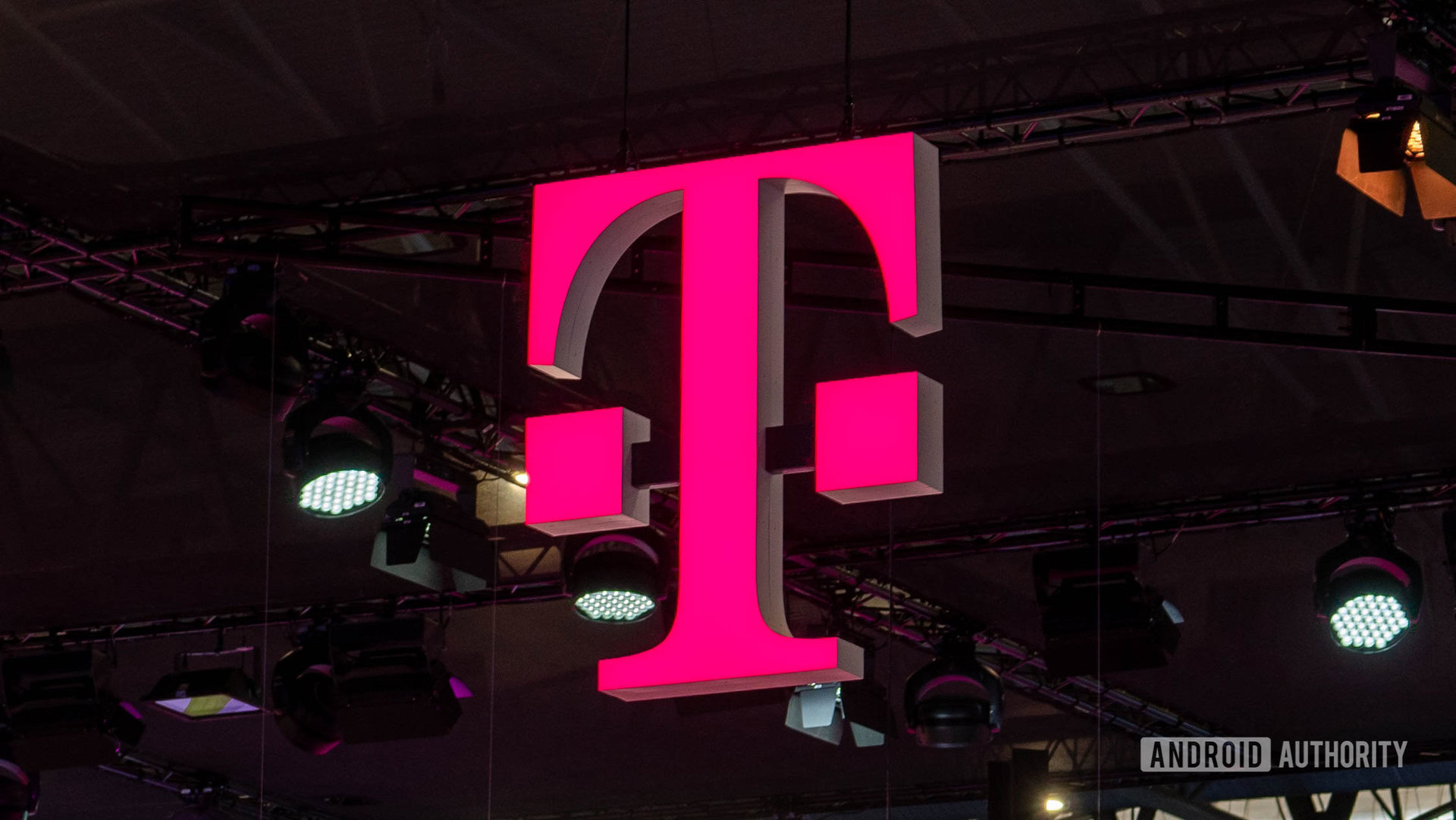Affiliate links on Android Authority may earn us a commission. Learn more.
T-Mobile's new 5G tech is ultrafast, but only a Galaxy S23 can handle it for now
Published onJuly 26, 2023

- T-Mobile is rolling out new 5G wireless tech.
- The carrier claims its tech can reach real-world speeds of up to 3.3Gbps.
- At the moment, you’ll need to have a Galaxy S23 series phone to take advantage of the faster connection.
Update, July 31, 2023 (07:45 AM ET): Our original report of this story featured a few inaccuracies. T-Mobile’s carrier aggregation system to produce fast 5G service is not faster than mmWave 5G inherently but does appear to be faster than most real-world mmWave connections. For example, T-Mobile’s carrier-aggregated 5G is clocked at up to 3.3Gbps (according to internal testing reported by the company), while mmWave 5G is technically capable of 5Gbps speeds or even higher. Also, carrier aggregation could work with mmWave service, meaning a carrier-aggregated mmWave connection could blow T-Mobile’s new service away.
The use of carrier aggregation to speed up wireless service is also not new. T-Mobile’s implementation here uses bands that we’ve not seen used before, but T-Mobile has not created a new methodology. Instead, it has used a common methodology in a slightly new way.
Android Authority regrets these errors. The text below has been tweaked to be more accurate.
Original article, July 26, 2023 (11:08 AM ET): Verizon, AT&T, and T-Mobile all offer mmWave 5G networks, which are theoretically faster than Sub-6GHz 5G. However, T-Mobile has found another way to achieve high-speed connections. The technology could be even faster than current real-world mmWave 5G, but there’s one catch.
According to The Verge, T-Mobile has started to roll out a new 5G connection method that can supposedly reach speeds of up to 3.3Gbps. This would be notably faster than current real-world mmWave 5G speeds — a reported peak of 1.6Gbps, according to Ookla.
To see those 3.3Gbps speeds, T-Mobile is using a technique called four-carrier aggregation, which combines four different 5G channels into one. Specifically, the carrier is repurposing its own 1,900MHz spectrum and using Sprint’s 3G networks, along with two 2.5GHz channels and 600MHz. Carrier aggregation in general isn’t new, having previously been used for 4G networks and Wi-Fi routers. But the move to four-carrier aggregation still promises a notable speed boost for the carrier.
Not only is this faster than the real-world mmWave 5G connections folks see today, but it also doesn’t have mmWave’s limitations. For example, mmWave tech has limited range and is dragged down by obstacles like trees and walls. That’s not the case for T-Mobile’s solution.
However, the wireless technology isn’t perfect, as only phones that can handle this network can use it. So far, only the Samsung Galaxy S23 series is listed as supporting the tech, with “more devices to follow,” according to the carrier. Interestingly, the OnePlus 11 (and most other Snapdragon 8 Gen 2 phones) has the same modem as the Galaxy S23 series, so it should be able to connect to this carrier-aggregated network, too. However, T-Mobile doesn’t sell the OnePlus 11, so that’s likely why the Galaxy S23 series is mentioned as having exclusive support.
According to the outlet, the technology is already live for parts of T-Mobile’s network, but the carrier didn’t mention where. But, T-Mobile says it will be available nationwide in the coming weeks.